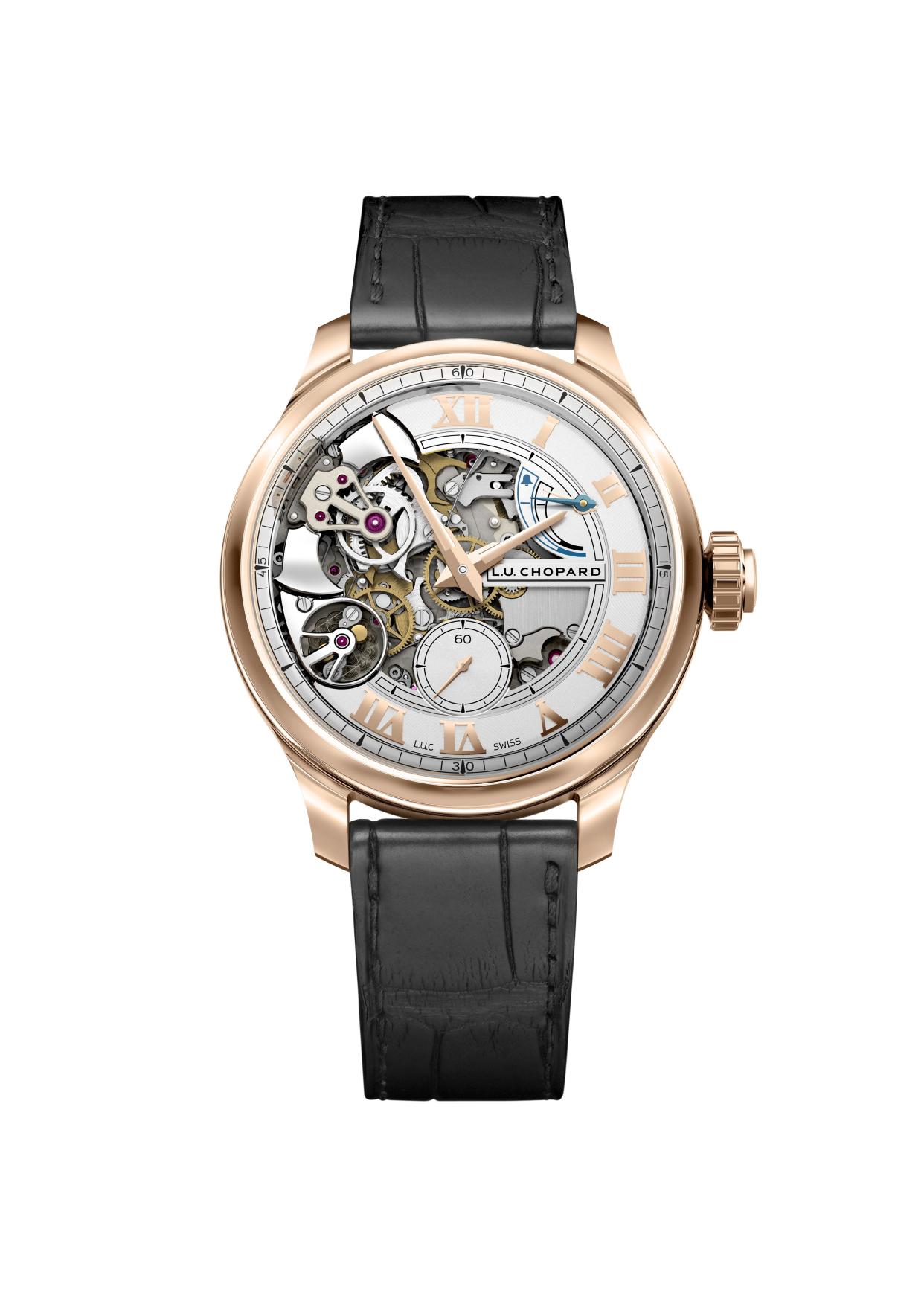All that Glitters: Chopard Fairmined Gold

In 2016, Karl-Friedrich Scheufele carried off the Aiguille d’Or, the highest award bestowed by the Grand Prix d’Horlogerie de la Ville de Genève for his revival of the legacy of the 18th-century horological genius Ferdinand Berthoud. In 2017, he pulled off the same feat for his Chopard L.U.C Full Strike.
As its name suggests, it is a minute repeater: sapphire crystal gongs, three patents, Poinçon de Genève and all that. Even the gold for the case was special: Chopard Fairmined.
I cannot help thinking that Karl-Friedrich was a little bit embarrassed to win the big prize two years running. Besides, it is so out of character: it is not his style to let people know how good his stuff is. Typically, he makes something to much higher standards than is strictly speaking necessary, and then instead of bruiting it about the place, keeps very quiet and hopes no-one will notice—like the time he developed a tonneau-shaped movement for a tonneau-shaped watch (even though most people make do with a round one).
It is the same with gold. Ask most people where they get their gold and they tend to say, “from the bank”; typically, the Scheufele family went into more detail. “In 2010, we decided to certify ourselves with the Responsible Jewellery Council. The RJC already had a number of specifications you have to observe,” Karl-Friedrich says. But the way he and his family saw it, the specifications for gold did not go far enough. So, in typical fashion, Chopard started to use Fairmined gold.
Just as concerned consumers can trace the sources of fashion and food, Chopard wanted them to be able to do the same with gold, and Fairmined certification, created by the Alliance for Responsible Mining, guarantees standards on issues as diverse as the freedom of association and the restoration of ecosystems. It costs about 10 to 15 per cent more to manufacture, and there is a $4/gram premium used for social improvements within the mining communities: which, for the time being, are in Bolivia, Peru and Colombia.
Baselworld 2014 saw the first Fairmined gold watch, an L.U.C Tourbillon; the same year, Chopard made the Palme d’Or trophy for the Cannes Film Festival in Fairmined gold. In 2015 came the announcement of a partnership with Swiss refiner, Precinox, to establish the world’s first secure commercial export route for Fairmined gold from Bolivia to Europe.
But it has not been entirely straightforward. “The gold itself costs a little more and then, of course, there’s the administration and production where there is a lot of additional work involved.” Chopard has also had to develop what, using a gastronomic analogy, Karl-Friedrich describes as a two-kitchen approach: regular gold and Fairmined are worked on separately. This requires cleaning Chopard’s in-house foundry and machinery between golds: a scrupulous division that continues right down to the gathering of the scraps generated during the manufacturing process.
In 2016, 600kg of Fairmined gold were produced, 570kg of which went to Chopard. “We wanted to achieve awareness, at the end of the day,” he says, and his hope is that if larger mines become involved “we would like to kick off some movement with larger producers so that they would be able to offer Fairmined gold in their selections.” And they cannot fail to take notice if he makes it a hat-trick and wins this year’s Aiguille d’Or with another Fairmined watch. Provided he can overcome his pathological understatement of manner, that is.

